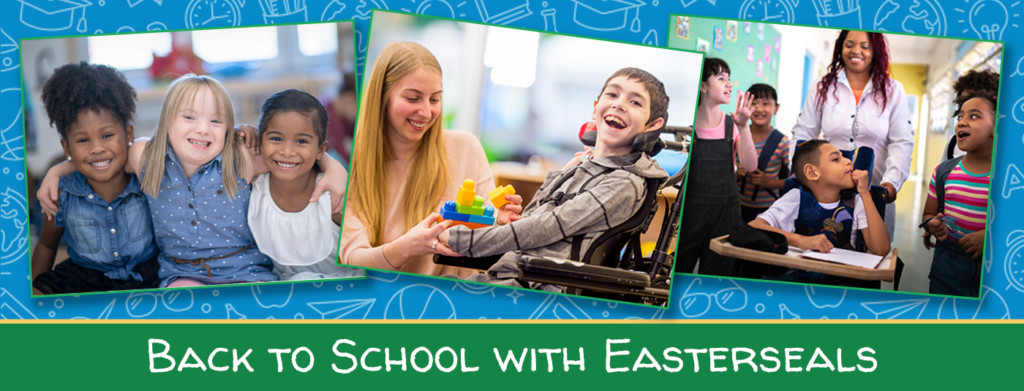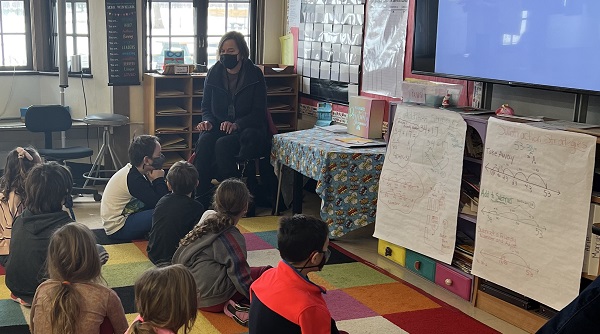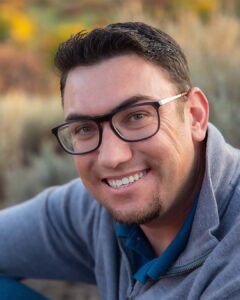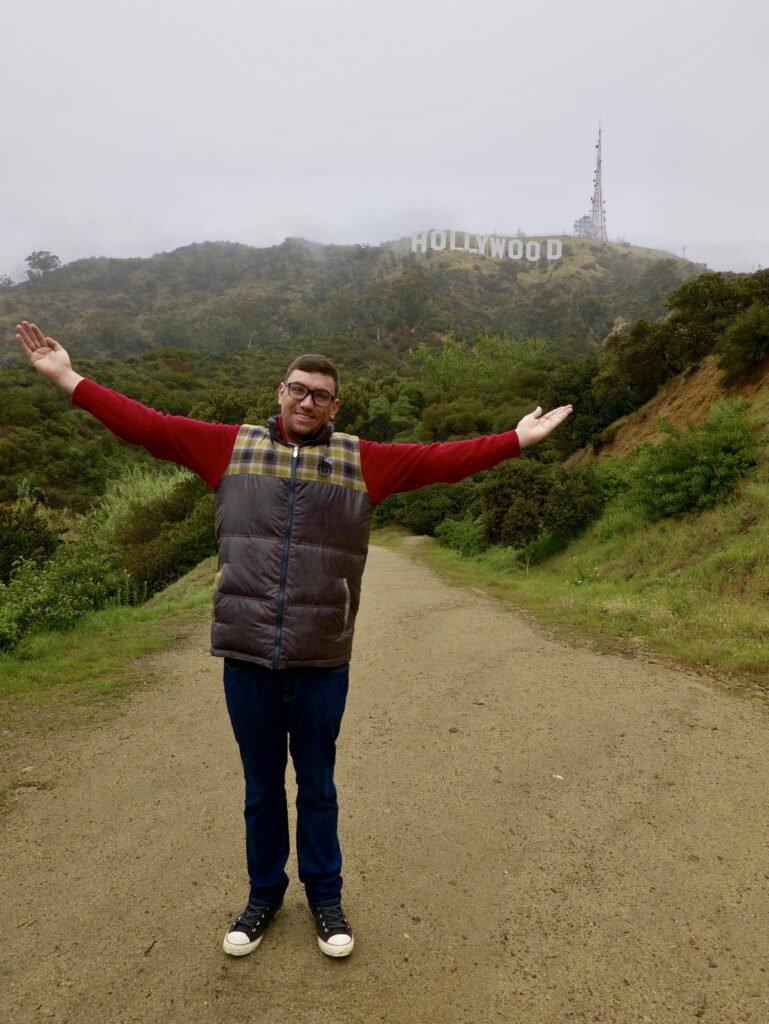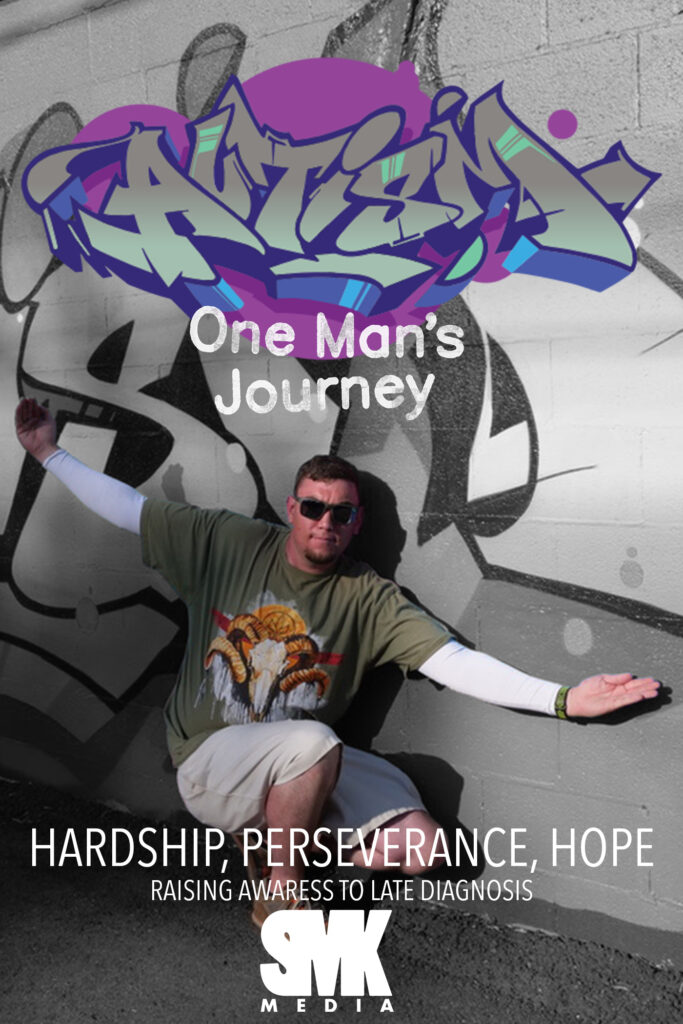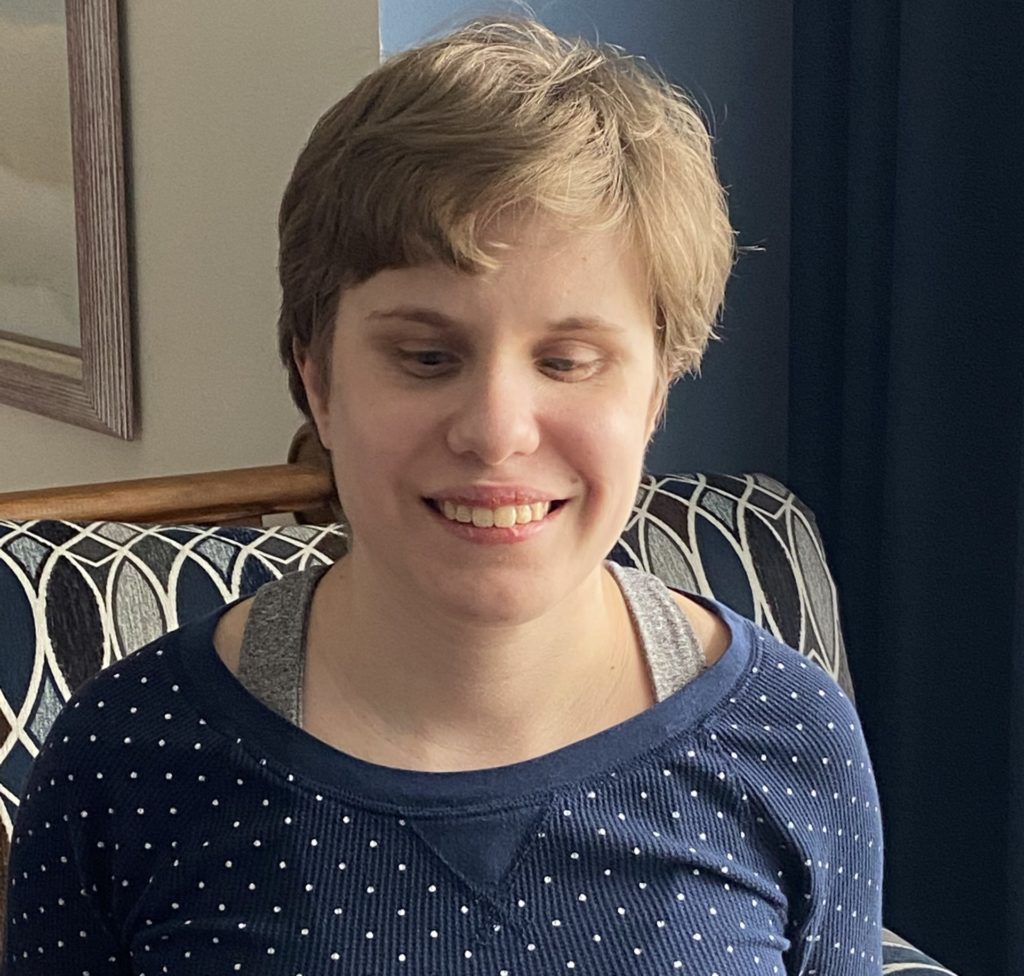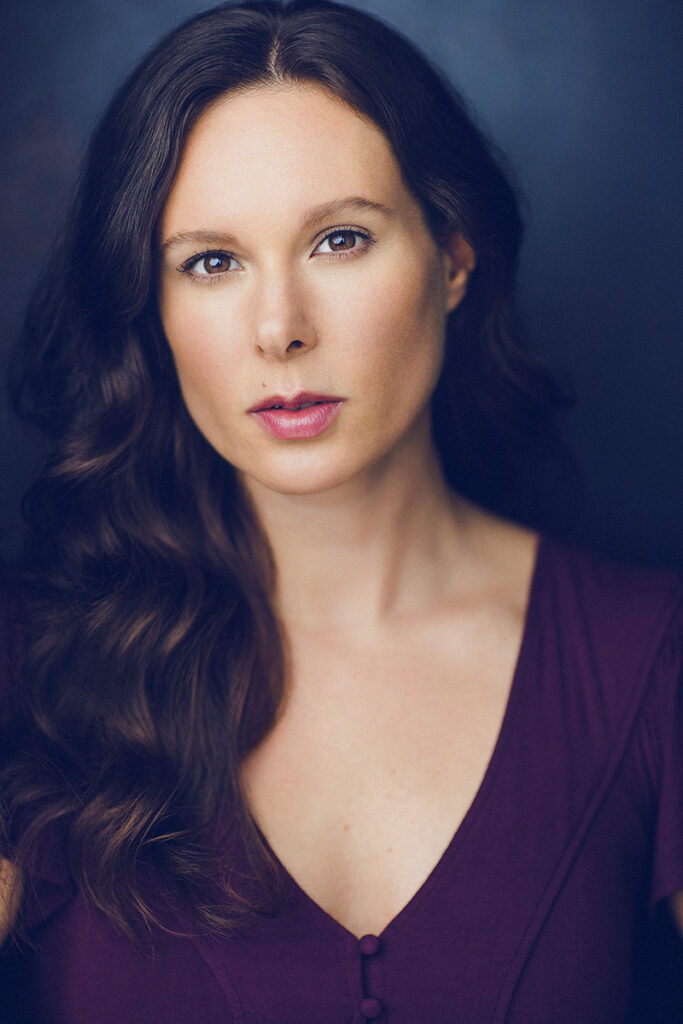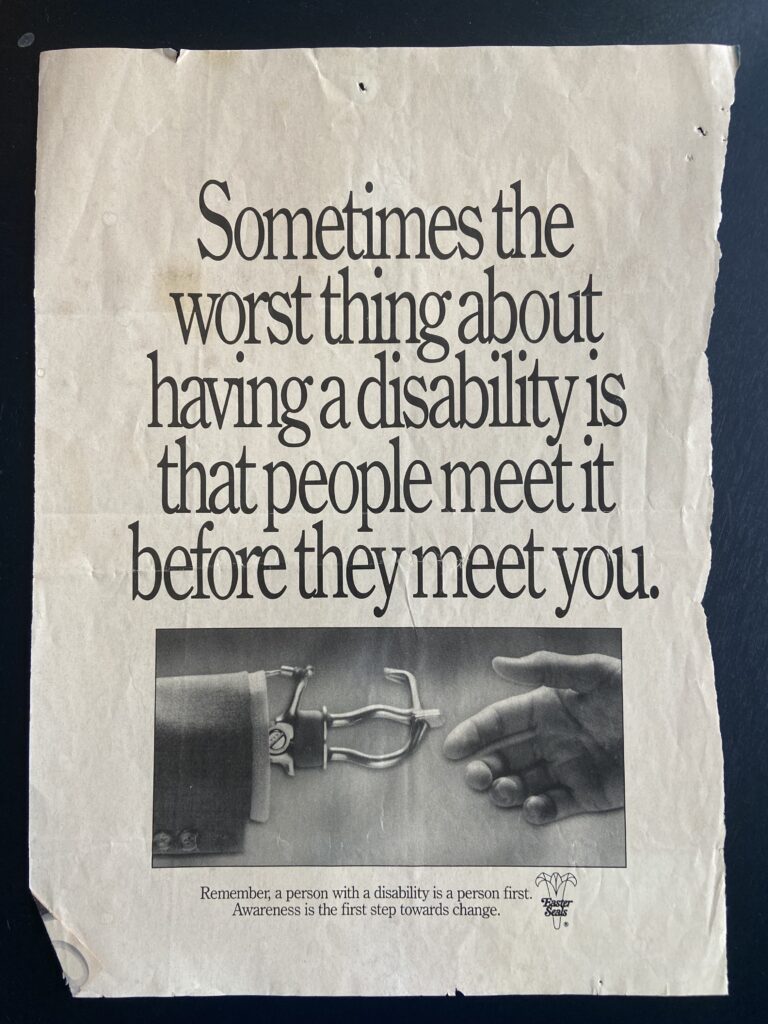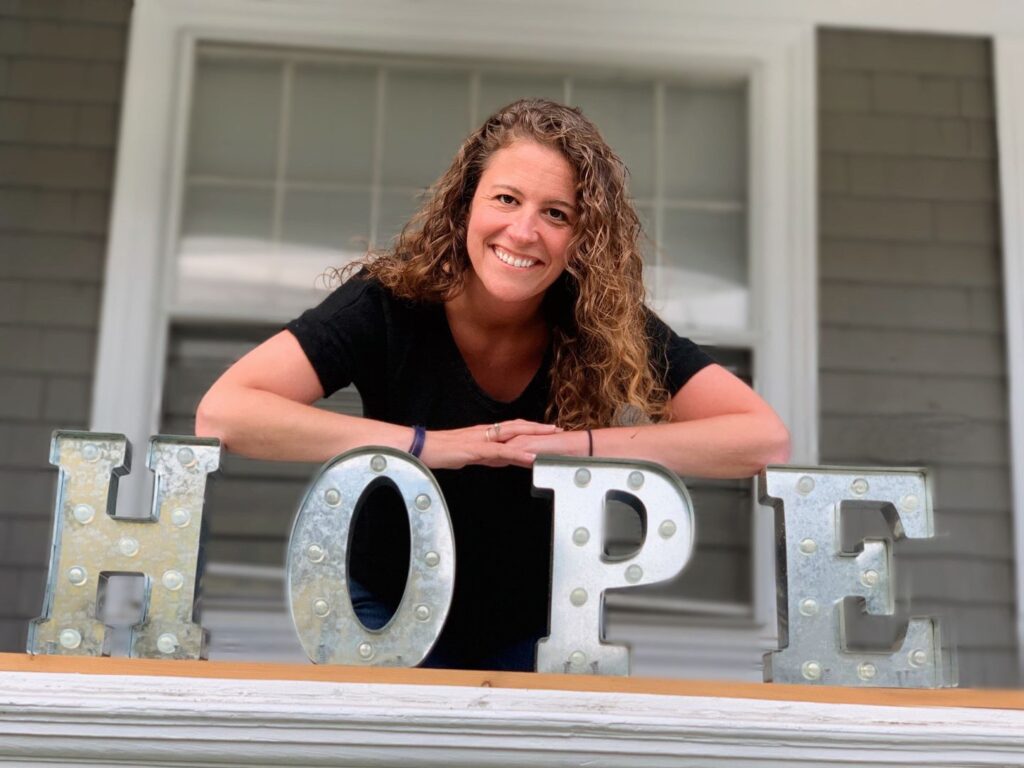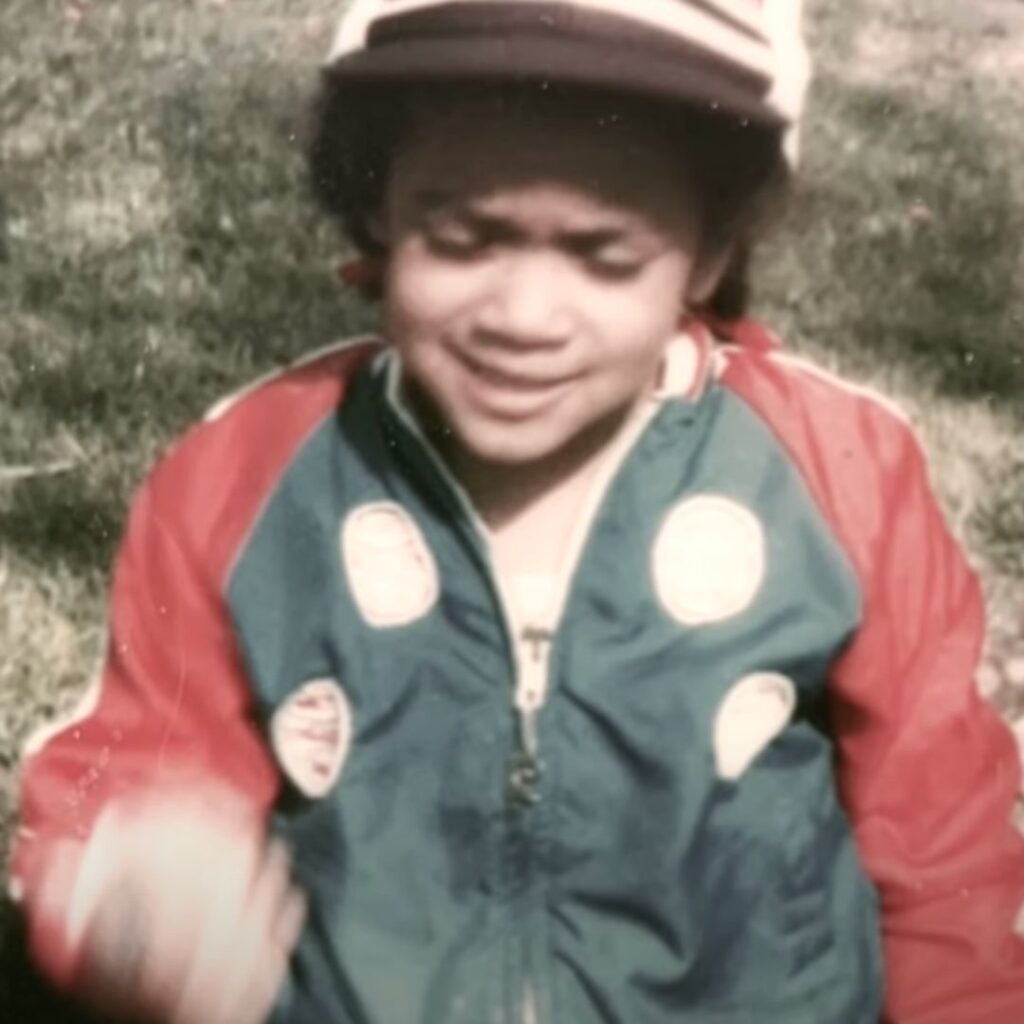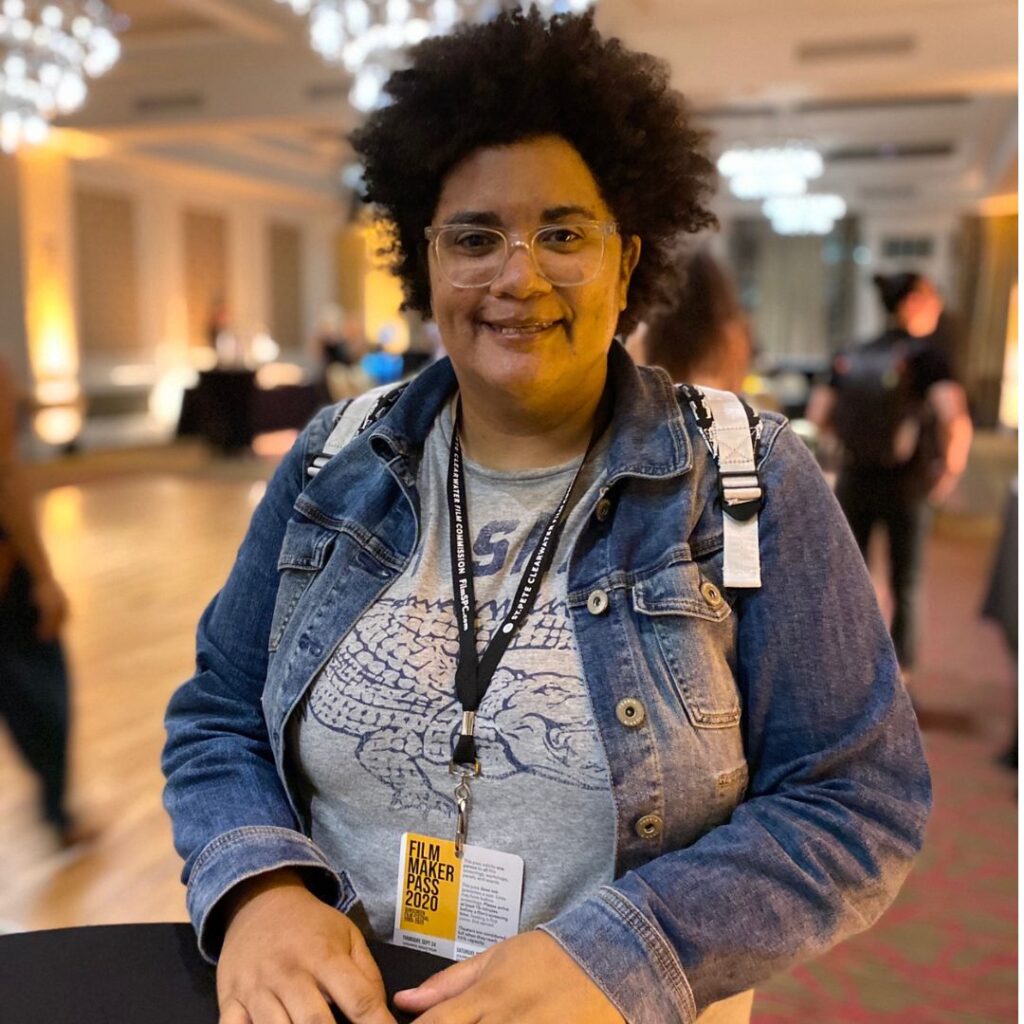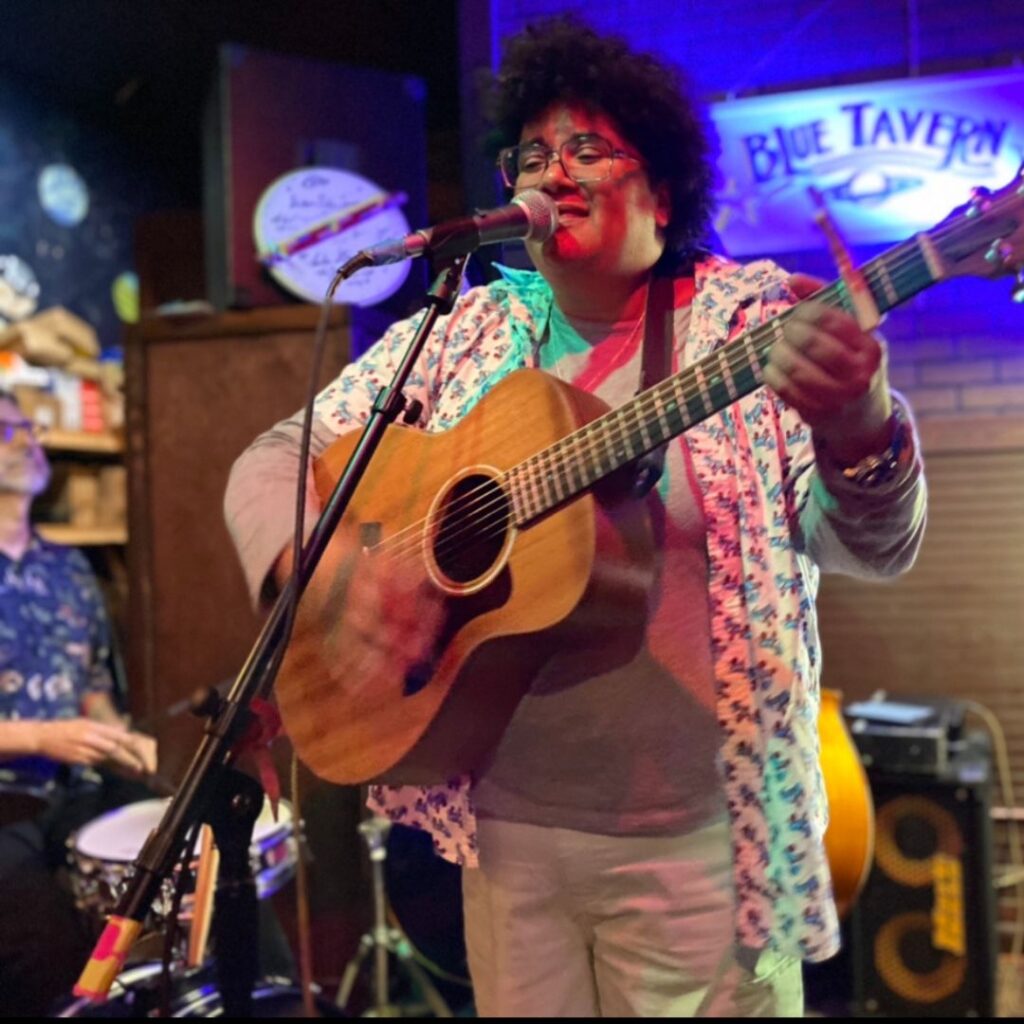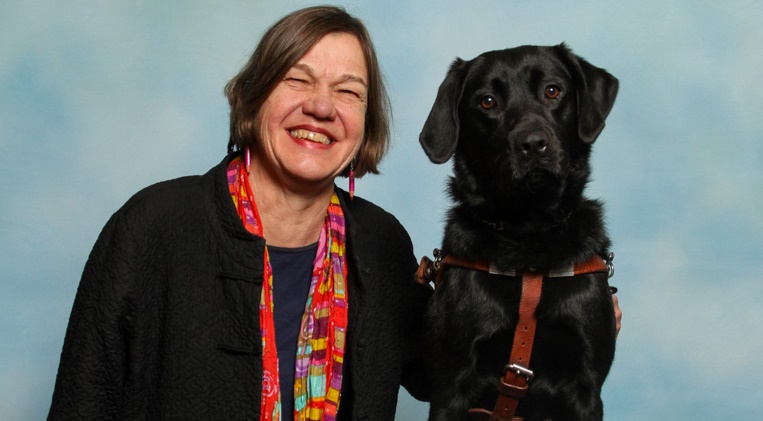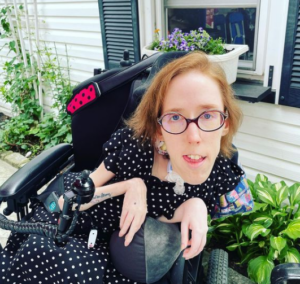The Joy of Educating Kids About Disability in School
by Beth Finke
Before schools went on summer break this year, my Seeing Eye dog Luna and I were invited to do a special school program at The Admiral, a senior residence where I lead weekly memoir-writing classes for older adults who live there.
Goudy Elementary is a Chicago public school located so close to The Admiral that the third-graders can walk there. They do exactly that every Friday to attend a “reading buddies” program sponsored by the Admiral. Each third grader reads out loud to an assigned Admiral resident, their “reading buddy,” and the Admiral Reading Buddy reads aloud to their third-grade buddy, too.
Things went a little differently the Friday Luna and I were there, though. “Instead of having the children work with reading buddies today, could you give a special presentation to them about what it’s like to be blind?” they asked. “And could you have your Seeing Eye dog with you, too, to explain how the dog gets you where you need to go?”
Teachers at Goudy emphasize social awareness with their third-graders. Students there benefit from having the ability to take the perspective of — and empathize with — others from diverse backgrounds and cultures, including people with disabilities.
So of course I said yes.
I love doing presentations like these for schoolkids, and the request to have my Seeing Eye dog with me was no problem: Luna comes with me everywhere I go!
Very few of the children had family members or friends who were blind, and none of the children had ever met a Seeing Eye dog before.
The timing of this visit was perfect: the “Understanding Disabilities” series of children’s books from Cherry Lake Publishing, in partnership with Easterseals, had been released a month earlier. Each book in the series is written by an author with a disability, and I wrote two of them: Service Dogs and What is the Americans with Disabilities Act? Weeks earlier, I secured 50 copies of the Service Dogs book, which meant that after our presentation, I’d be able to send each third grader a copy of the book to take home with them.
The afternoon was delightful, and so were the children. They arrived well-prepared, each of them holding a card with a question they wanted to ask me when it was their turn. Every single child told me their name, then introduced their question, a la, “Hello, my name is Sunil, and here’s my question …” Their older reading buddies were also there but sitting further away. Again, no problem — I just made a point to repeat each question so the older “Reading Buddies” could hear it too.
I have a habit of getting longwinded when I answer questions kids ask me, so I’ll limit myself here and only answer the questions that challenged me the most.
Q. How can you dress when you don’t see?
A. I have all sorts of systems for keeping track of my clothes. If a shirt is black, I put a safety pin in the tag. If a shirt is white, I put a paper clip in the tag. Every piece of clothing I own that is black has a safety pin in the tag, and everything that is white has a paper clip attached to the tag; I just memorize the color people tell me my other clothes are and figure out which is which by the way they feel.
Q. What if you need to go somewhere and your dog is sleeping?
A. I wake her up.
Q. How do you write books if you can’t see?
A. I learned to type on a keyboard when I was in high school and could still see — I wasn’t blind until I was 26 years old, and I still have the keyboard memorized. The computer I use to write books comes with a speech synthesizer. The speech synthesizer calls out letters as I type so I can hear and fix any mistakes as I go. I can manipulate keys on the keyboard to read a page of type by word, line, or paragraph when I want to check for spelling and grammar. Over the years, the synthesized voice has become more and more human-sounding, but when I let people hear it, they usually say it sounds like something out of a science fiction movie.
Q. Is it scary being blind?
A. It was scary at first, but I went to a special school for a few months to learn how to use a white cane to get around, how to cook and clean for myself, how to read Braille and stuff like that. I have been blind for so many years now that I’m used to it and it isn’t scary anymore.
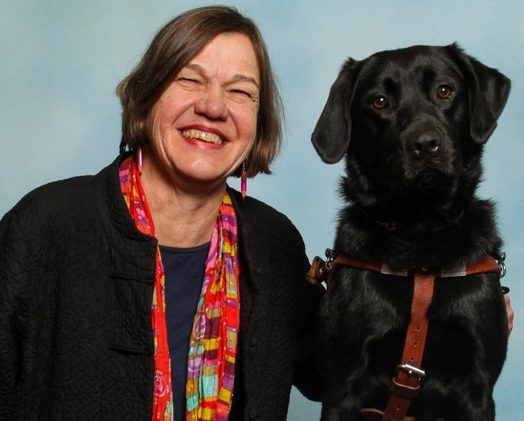 Q. How does your dog know where it’s going?
Q. How does your dog know where it’s going?
A. I have to be the one who knows where we’re going, so when we get outside in front of our apartment building, I hold onto my dog’s leash and harness, turn the way we need to go, and give her a command she learned at the Seeing Eye School she went to: “Luna, forward!” She pulls forward, and I feel the pull by holding the back of her harness and follow her lead.
Q. What are your biggest challenges if you are blind?
(Note to blog readers: this was my very favorite question of them all –the question told me that the kids had enough empathy to understand that being blind could be challenging sometimes, and they weren’t afraid to ask me what some of those challenges were).
A: Oh, there are lots of challenges, but rather than focus on the things I can’t do – I can’t play video games, for example – I focus on the things I can do. I know how to play the piano, and I know how to swim and can go to the beach, and I can write books, too, and get to bring my dog with me wherever I go!
Easterseals partnered with Cherry Lake Publishing Group to come out with the “Understanding Disability” series to explore disability in a comprehensive, honest, and age-appropriate way. One of their goals was to open the door for critical conversations about disability to young readers, and those questions the Goudy Elementary School students asked me that day tell me they are eager to learn.
The senior who’d emceed our presentation that day sent an email message to Luna and me later, thanking us for our program and especially for the books: “I want you to know that when I held up the books to show the kids, they were so excited and happy!”
What a coincidence: I am excited and happy about those books, too. Even now, months after that presentation, thinking that some of those third-graders might have brought their new Service Dogs book to read to their “Reading Buddies” the Friday after our presentation makes me smile.







